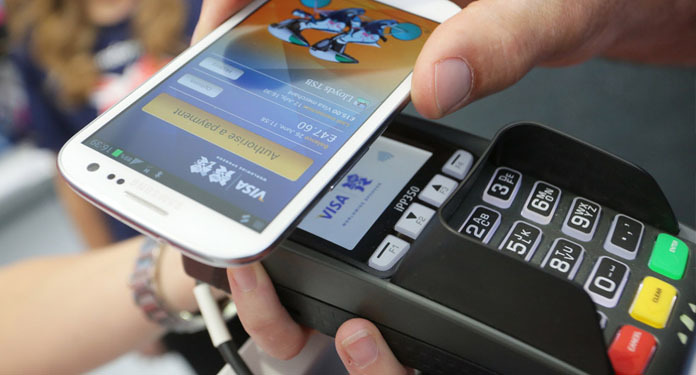Main trends in the development of the payment systems market

Maxim Ivanchenko, CEO of Canopus IT and founder of the Advapay.eu project about the main trends in the development of the payment systems market.
If we try to formulate modern trends of the payment market quite briefly, then we can say that payments become: a) faster, b) safer, c) cheaper, d) simpler. For example, payment by card in an online store is quite expensive - on average, from 1.5% to 3% when it comes to buying a product. Interbank transfer within SEPA costs only from 15 to 30 euro cents. The cost of bitcoin translation is actually even less and may even be zero in some cases.
The issue of security of payments remains the focus of the professional community ... Banks and payment operators spend huge amounts of money to ensure the security of the payment infrastructure. Some time ago, the EU adopted new rules and regulations governing the security of Internet payments. These rules have become mandatory for all market participants since August 1, 2015.
')
New means of authentication, including biometric, are emerging and developing. Improved methods of cryptography. However, one of the most breakthrough technologies in this regard may be called blockchain technology again. The very principle of blockchain networking provides a very high level of transaction security and is protected from fraud. According to experts, the cost of hacking a blockchain bitcoin network today is about $ 2 billion.
Paying becomes easier.
What does it mean? First, the deep penetration into our lives of smart devices such as smartphones and tablet PCs is fundamentally changing the approach to pay in both online and offline stores. Your smartphone can easily be turned into a payment terminal and an e-wallet at the same time, replacing a traditional bank card. At the same time, such a payment becomes also more secure, since you do not need to enter the card number, transfer it to the cashier, etc. Secondly, there is a merging of payment technologies with intelligent trade automation systems and electronic merchandising. For example, having come to the store, you simply scan the QR codes of the samples of the goods you want to buy using the mobile application, and an electronic invoice for payment is automatically generated. You confirm it with a one-time password or PIN-code, payment occurs and you receive from the manager a package in which all your purchases are packed. Such systems are already becoming a reality.
Storefronts, augmented reality systems, mobile trading terminals dock with payment systems. And at this junction a new level of payment service is being born.
Threats and prospects, forecast of the market scale in the global dimension.
If we talk about the threats associated with the further development of the payment services market, there are not so many of them. Naturally, there are always such threats when it comes to some rather radical changes in various spheres of human activity. For example, as I recently read in an article in The New York Times devoted to Fintehc startups, it is expected that in the banking sector in the next 10 years as a result of the development of technology, up to 30% of jobs will be lost. Perhaps this fact can be regarded as a threat to those bank employees who do not want to improve their skills or change the scope of activities. But in general, for the global economy, this is more a blessing than a threat.
Of course, there is a constant threat to the security of online payments. But here is exactly the case, as in the episode of the famous film: “you catch up, I run away”. The development of modern information security systems, cryptography, authentication, gives us hope that in this sense we will not be able to catch up. In addition, it is always necessary to compare the cost of hacking and the potential potential economic benefit of the hacker.
Not the last role in this regard is played by the legislative component, as well as the judicial practice. There are many cases where hackers get real very serious dates in the US and Europe. Unfortunately, in the Russian practice such cases are still very rare.
Regarding the specifics of the Russian economy, unfortunately, one of the key factors influencing the development of innovative payment technologies in Russia, while clearly negative, is the factor of low investment attractiveness and high riskiness of the Russian market of payment systems and the banking sector as a whole.
Among the advantages, perhaps, it is possible to mention the fact that so far in the Russian payment market there remains a lower competition in comparison with the European or, especially, the American market.
Source: https://habr.com/ru/post/304844/
All Articles